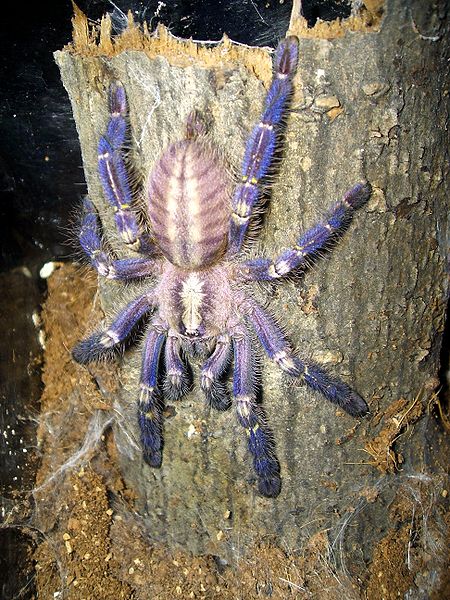
We are going to start the week with an animal that has the longest name of any of the Wild Facts that has been completed so far. I figured saying Gooty Sapphire Ornamental Tree Spider three times fast would be a great way to get your brain working on this Monday. Heck, saying the common name of this tarantula once is hard enough, which is probably why they are also referred to as just the Gooty Sapphire. I am guessing that you are trying to figure out what a “Gooty” is so I took the liberty of looking it up. Gooty is actually a town in central southern India where this spider was first discovered. That makes sense, doesn’t it?
Paralyzing Hunters
As you may have guessed, the Gooty Sapphire Ornamental Tree Spider is typically found in southern India but the residents of Sri Lanka also have the pleasure of viewing this interesting spider. More specifically, you can find this tarantula in the holes of tall trees where they create their funnel webs. Unlike other spider, the Gooty Sapphire doesn’t rely on their web to catch their insect prey. They prefer hunting for insects, which they subdue with a paralyzing bite. Maybe it is just me but the idea of a tarantula hunting and paralyzing their prey just creeps me out.
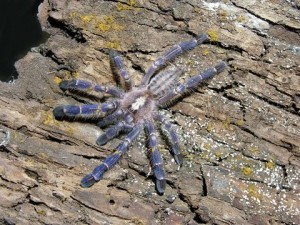
Potent Poison
So if they are capable of paralyzing insects, are they capable of hurting humans? Although, there have been no known deaths as a result of a Gooty Sapphire bite, you do not want to be on the bad side of this spider. Their venom is potent and will typically cause intense pain to their victim. Of course these spiders aren’t actively hunting out humans but they are quick and will defend themselves if cornered. My advice would be not to corner one of these beautiful creatures.
Endangered Pet
Apparently the venomous bite of a Gooty Sapphire is not enough to dissuade people from keeping these critically endangered animals as pets. The beautiful colours and durable nature of these tarantulas make these spiders very popular in the pet trade industry. Personally, I don’t see the desire in owning these spiders but that is just me.
That does it for today’s Wild Fact. Enjoy the rest of your day and I will see you tomorrow.

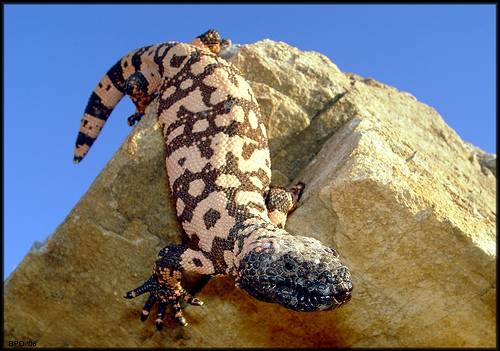
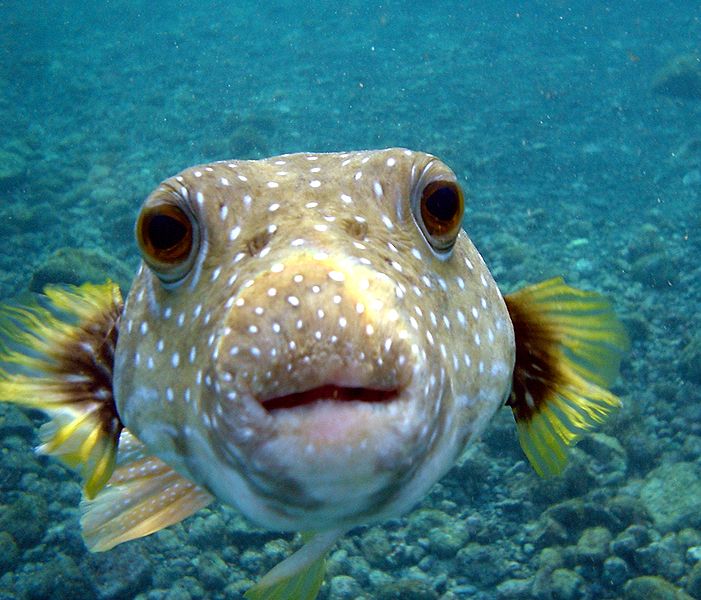
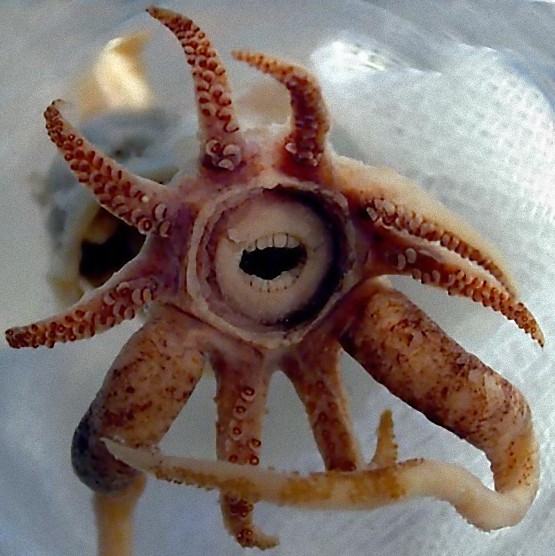


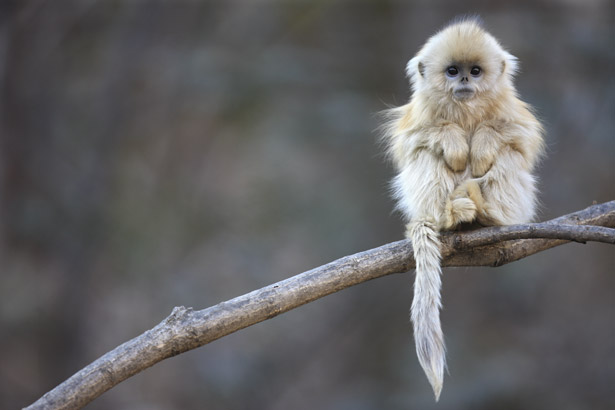
this website is the best
This site was very helpful
this is gelpfull
man this is cool and scary